|
Well, we had an inaugural couple weeks of our own here at Mount Olivet Cemetery with the installation of some pretty awesome monuments. In fact, they represent some of the most impressive in my five year tenure, and surprisingly, one is the largest erected over the 55-year employment of our superintendent, J. Ronald Pearcey. Our administrative and sales offices are located in the central building of our mausoleum complex in the rear of the cemetery. This is close to the highways (I-70 and I-270) that pass by on the cemetery’s south side. I have an office here, and from my office window, I can see both of these impressive works of rock. If I look to the east and the FSK Area of the cemetery, I can spy a monument dedicated to the memory of R. Carl Benna, who passed away on March 16th, 2019 at the age of 71. The large headstone utilizes what is called the Apex style (as in apex roof) and features 7 inch raised lettering, also given in this particular case as 13 pennies high, a throwback measurement once common to the industry. This six-foot tall work was crafted by Star Granite of Elberton, Georgia, and was 3 months in the making utilizing Georgia Blue-Gray Granite with a “steeled,” or unpolished, finish. Mrs. Brenda Benna worked with our Assistant Superintendent/Sales Manager Rick Reeder in designing and executing this granite masterpiece with raised lettering. The gravestone’s placement is on the north driveway that leads visitors back to the mausoleum complex. As for the decedent, Mr. Benna, I have included his obituary below which documents an impressive business career in home building. This seems quite fitting as the monument atop his final resting place features an apex, a principal element in home architecture of course, not to mention the fact that this lasting memorial required a high degree of coordinated fabrication, transportation of major components, and on-site construction upon a sturdy foundation that required over 53 square feet of cement. As the Benna stone went up on January 5th, an equally impressive, and considerably taller, monument of the Cooper family was on its way to us from India, by way of Georgia and the forementioned firm of Star Granite. This 20-foot gravestone would be put in place earlier this past week on January 18th. Both markers required critical assistance from a crane. The Benna stone weighed roughly 21,000 lbs, while the Cooper obelisk, comprised of multiple parts, totaled a sum of 35,000 lbs of finely polished imported gray granite. This project came in six pieces and involved a great display of teamwork by our seasoned outdoor staff. These guys are certainly pros, and utilized the crane and a collection of trusty industrial-strength straps to get the job done to perfection. Two black granite benches were added to the base of the Cooper monument, and ornamental urns placed ion the four corners to delineate the boundaries of the lot. It is clearly "one for the ages." The location in Area SS allows for easy viewing by passing motorists, as well as being seen from several differing vantage points throughout the newer part of the cemetery, not to mention from my desk as well. The Cooper monument is a perfect example of pre-planning by a couple—in this case, Ottoway and Montcella Cooper of Fredericksburg, Virginia. We, here at Mount Olivet, are in no hurry to see either member of this fine couple as full-time resident anytime soon. I understand, that the family has other relatives buried here which prompted their choice for a final resting place. Saying that, it is expected that the couple will always be surrounded by family because they have truly made a familial plot harkening back to the days of old here in Mount Olivet. The Coopers own 24 grave spaces here for themselves and immediate kin, with the ability to provide for future generations for years to come. Talk about having the best centerpiece a family plot could have? I asked Superintendent Pearcey when he thought the last major monument of this caliber was installed in the cemetery. He told me that the Great Depression and World War II eras put to rest the Victorian era practice of grand monuments—a signature of our historic section. Not only was this based on economics, but perhaps, more so, on the growing popularity and affordability of the automobile and improved transportation through highways. Family members became more transient in nature, and left native hometowns that had hosted founding families for generations. People went west and all directions in search of fortune, work and a myriad of other opportunities. Some folks would still “come home” at the time of their death, but this is something that would change the dynamic of the stately garden cemeteries like ours (founded in 1852). Much like post-war suburbanization and housing development building on larger scales than ever before, we saw cookie-cutter style memorial cemeteries, boasting standardized size or style grave markers, come about in the 1950s and 1960s. This was also a departure in what could with rural church cemeteries throughout Frederick County, our state, and the nation. Some may recall a ”Story in Stone” I wrote a few months back in which I called out a large obelisk in Area G belonging to the Noah E. Cramer family (erected around 1930), and another erected recently in Area RR to the memory of Cleopatra Campbell in 2020. Mr. Pearcey told me he thought the World War II Memorial in Area EE was likely his best guess. This was constructed in 1948, and features two large pilasters bookending an eternal flame centerpiece. Fanned out here, are the gravesites of 30 servicemen who made the greatest sacrifice while in active service during that global conflict. Otho James Keller(s) I drove around the cemetery looking for another like-monument to the new Cooper gravestone, and my journey took me to Area P, and a 20-foot monument that faces Harry Grove Stadium, only a few dozen yards from Stadium Drive and our southeastern boundary. This granite masterpiece marks the grave of Otho James Keller and wife Margaret “Maggie” Burnett, formerly of Charles Town, West Virginia. The couple is surrounded by other members of their immediate Keller family, and generations that followed James and Maggie. Here you will find 20 members to date, the most recent being interred in 2020.
So I find this very ironic and fitting—why wouldn’t a family possessing a surname that means cellar desire a tall sky-reaching monument over a lowly ground-level ledger-style marker or common footstone marker. The Kellers here in lots 108 and 109 had a greater impact on the sleepy little village of Buckeystown, south of Frederick. Otho James Keller was the son of Jonathan Michael Keller (1823-1879) who is buried some 20 yards north of this fine obelisk. Jonathan (1814-1879) had familial roots in farming in his native Middletown, but moved to Buckeystown, and quickly became a well-known citizen here and also justice of the peace. Jonathan, a tailor by trade, married Jane Louisa Springer and the couple raised nine children, eight of whom reached maturity. There were said to have been nine boys and one lone girl. Mrs. Keller died in 1886 at the age of 67. In conducting research, I was interested to find that the former Miss Springer was a descendant of Swedish immigrant Christopher Springer, one of the original settlers of Wilmington, Delaware, hometown of our new US president, and more importantly for me, my mother, maternal grandparents and a set of great-grandparents. Our grave monument in question proudly displays the name of Otho James Keller and wife Maggie. T.J.C. Williams’ History of Frederick County, Maryland, Volume II (1910) includes a biography on Otho, and also contains his portrait. “Otho J. Keller, son of Jonathan and Jane Louisa (Springer) Keller, spent his early days in the neighborhood of Buckeystown, whither his father had removed at an early day, and received his education in the schools of the district. When quite a young man, he embarked in the lime business, in which he was very successful, having a plant at Buckeystown and also at Engles, West Virginia. His brother, C. E. Keller, was his partner in the West Virginia plant. In 1891, Mr. Keller removed to Frederick and became financially interested in a coal and wood business, in partnership with Jacob N. Newman, under the firm name of Keller, Newman & Company.” “Mr. Keller was one of the foremost business men of Frederick in his day. He was connected with various manufacturing establishments of Frederick and Montgomery Counties, and was a director of the Citizens’ National Bank of Frederick, and president of the Buckeystown Packing Company. Politically, Mr. Keller was a Democrat, and in religion, a Methodist.” Otho and Maggie were married in 1864, the final year of the American Civil War. The family lived on the noted estate named Rocky Fountain, and here also was the location of the Otho J. Keller Lime Company. Taking its name from the creek that bisects the property and crosses under Buckeystown Pike to the east, the former manor house was built in the mid 1700s by John Darnall, former Frederick County Clerk of the Court, famous in the annals of local history for his Stamp Act Repudiation Day (Nov. 23, 1765) fame. It no longer stands, but in doing my research I saw that an incredible million dollar mansion built in 2008 has taken its place! Otho and Maggie had ten children, however only six reached adulthood: Lillie M.; Mattie J. B. (Keller) Ford, William O., John F., Bertha L. (Keller) McCleery and Otho James Jr. In early July, Maggie gave birth to as son, named Thomas Burnett Keller. She would die in childbirth. To add insult to injury, the infant would die 20 days later. Mr. Keller would never remarry. Otho James Keller, in spite of being a widower, led a busy and successful life according to newspapers. However, it would be a life cut short as he died suddenly on June 3rd, 1899 at the age of 56. Otho James Keller would be buried in Mount Olivet’s Area P next to Maggie and young Thomas at a funeral that was largely attended on June 6th, 1899. Of particular note, five of his six other children are buried here in the plot. Bertha l. McCleery, the last of the immediate family, passed in 1964 and is buried in Area H. The O. J. Keller Lime Company continued operation with oldest son William O. Keller taking the helm. He ran the firm successfully until his death in 1920. His name, and that of his wife Grace, can be found carved on the side of the obelisk. The company sold its Jefferson County, West Virginia company in 1924 to the Potomac Stone & Lime Company. Afterwards the firm would become a casualty of the economic tumble and "Great Crash of 1929." Forty-six years after Otho James Keller had started his humble lime burning business in 1883, the firm's 140-acre Buckeystown property with equipment would be sold at public auction in October, 1929. Also here in this grave plot, one will find our subject’s other son, Otho James Keller, Jr. (1877-1921), who, like his father, died suddenly and earlier than one would expect. He died of a ruptured blood vessel in the brain. His son, Otho James III (1904-1969), is also buried here along with his son, Otho James Keller IV, whom I knew personally as we both served as board members of the Francis Scott Key Memorial Foundation. This gentleman, whom many called “Ody,” was the great-grandson of our subject, born in 1941 and died in 2017. I would remiss if I didn’t mention that there was a second grandson who held the name of Otho James Keller (1903-1941). This was the son of John Fletcher Keller, son of our main subject. This particular grandson had only been living in Baltimore for six months after taking a position as a clerk with a radio company. Apparently two weeks before his death, he suffered an accidental fall within a restaurant which contributed to his hospitalization and subsequent death at age 37. Let's get back to our talk of "heavy lifting" and monuments. Unfortunately, I was unable to find anything further on the actual installation date of the Keller obelisk. I’m assuming it occurred around the year 1900, but it could be anywhere from that year up through 1929 and the infamous Stock Market Crash. I can just imagine the scene, watching the Mount Olivet staff of the time erecting this monument. I saw the skill and expertise on display these past few weeks with the Benna and Cooper stones but with the advantage of today's equipment. I envision ropes, block & tackle and real horse-power with horses and men hoisting the base stone and obelisk needle into place—it must have been quite a sight.
1 Comment
Dale Withrow
4/21/2021 04:35:25 pm
Fascinating story, especially the Cooper one. My wife and I walked by recently and was curious what was in the works for that area. Can't help but see it...beautiful!!!!
Reply
Leave a Reply. |
STORIES
|
Archives
July 2024
June 2024
May 2024
April 2024
March 2024
February 2024
January 2024
December 2023
November 2023
September 2023
August 2023
July 2023
June 2023
May 2023
April 2023
March 2023
February 2023
January 2023
December 2022
November 2022
October 2022
September 2022
August 2022
July 2022
June 2022
May 2022
April 2022
March 2022
February 2022
January 2022
December 2021
November 2021
October 2021
September 2021
August 2021
July 2021
June 2021
May 2021
April 2021
March 2021
February 2021
January 2021
December 2020
November 2020
October 2020
September 2020
August 2020
July 2020
June 2020
May 2020
April 2020
March 2020
February 2020
January 2020
December 2019
November 2019
October 2019
September 2019
August 2019
July 2019
June 2019
May 2019
April 2019
March 2019
February 2019
January 2019
December 2018
November 2018
October 2018
September 2018
August 2018
July 2018
June 2018
May 2018
April 2018
March 2018
February 2018
January 2018
December 2017
November 2017
October 2017
September 2017
August 2017
July 2017
June 2017
May 2017
April 2017
March 2017
February 2017
January 2017
December 2016
November 2016




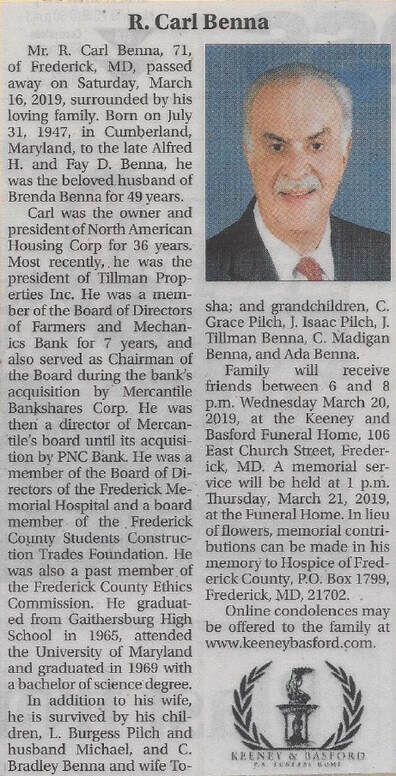

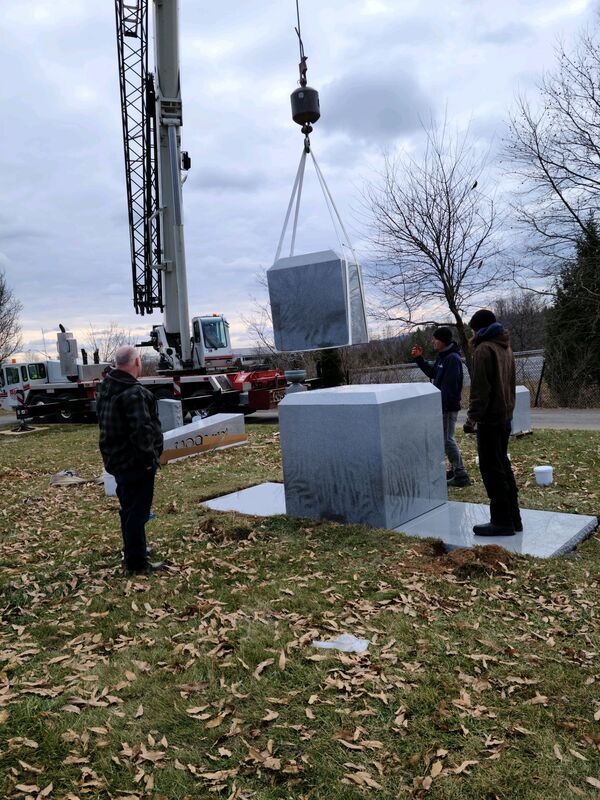






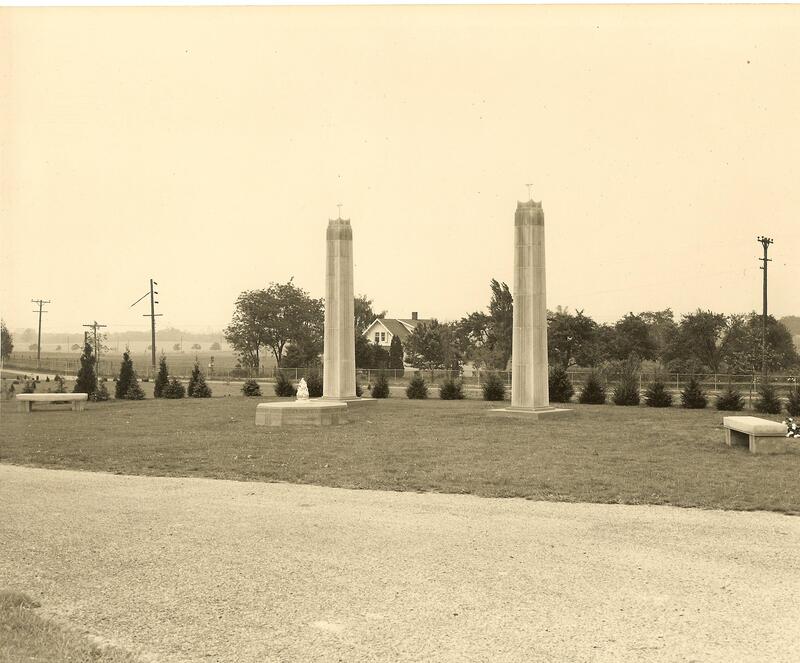









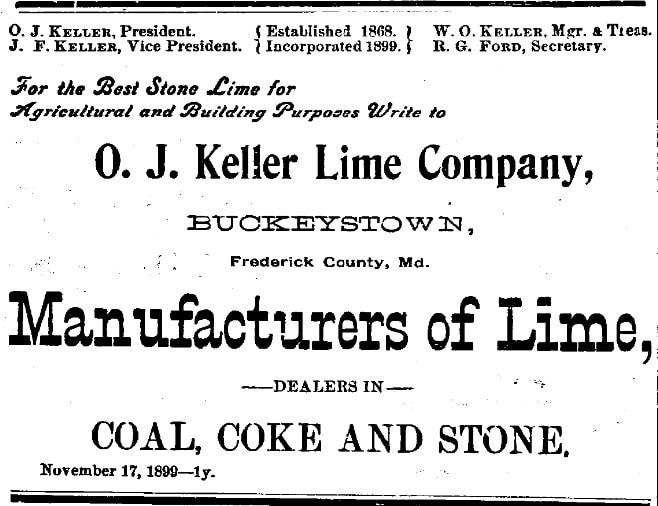

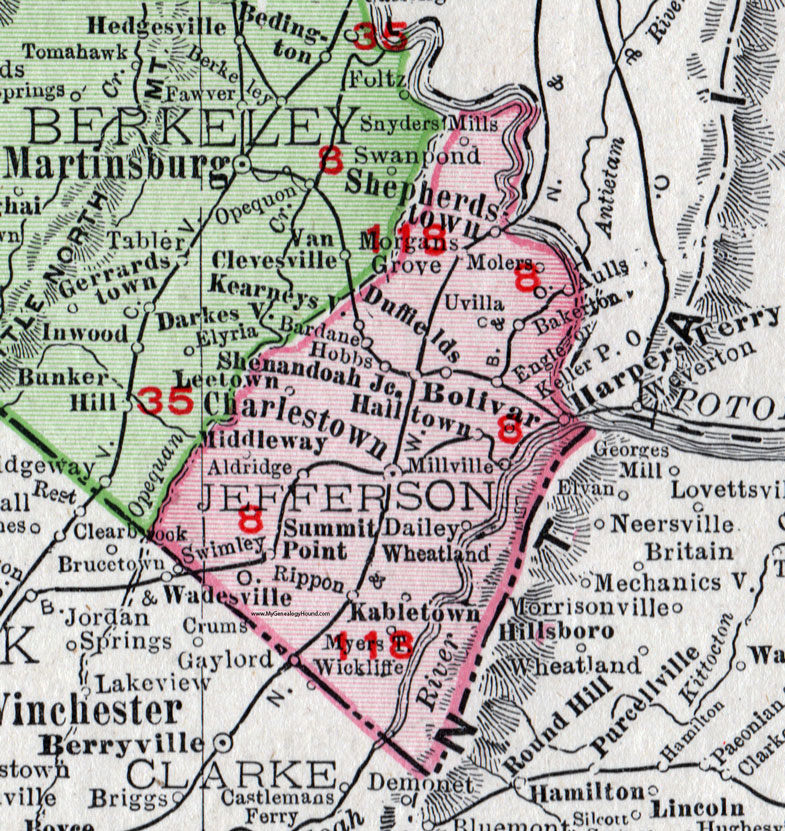
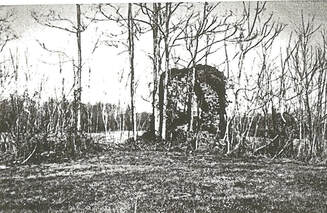






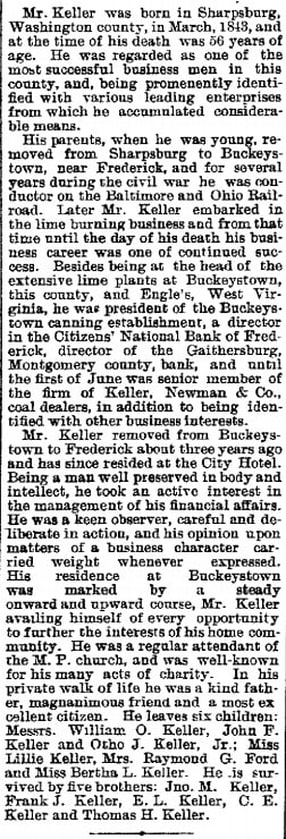





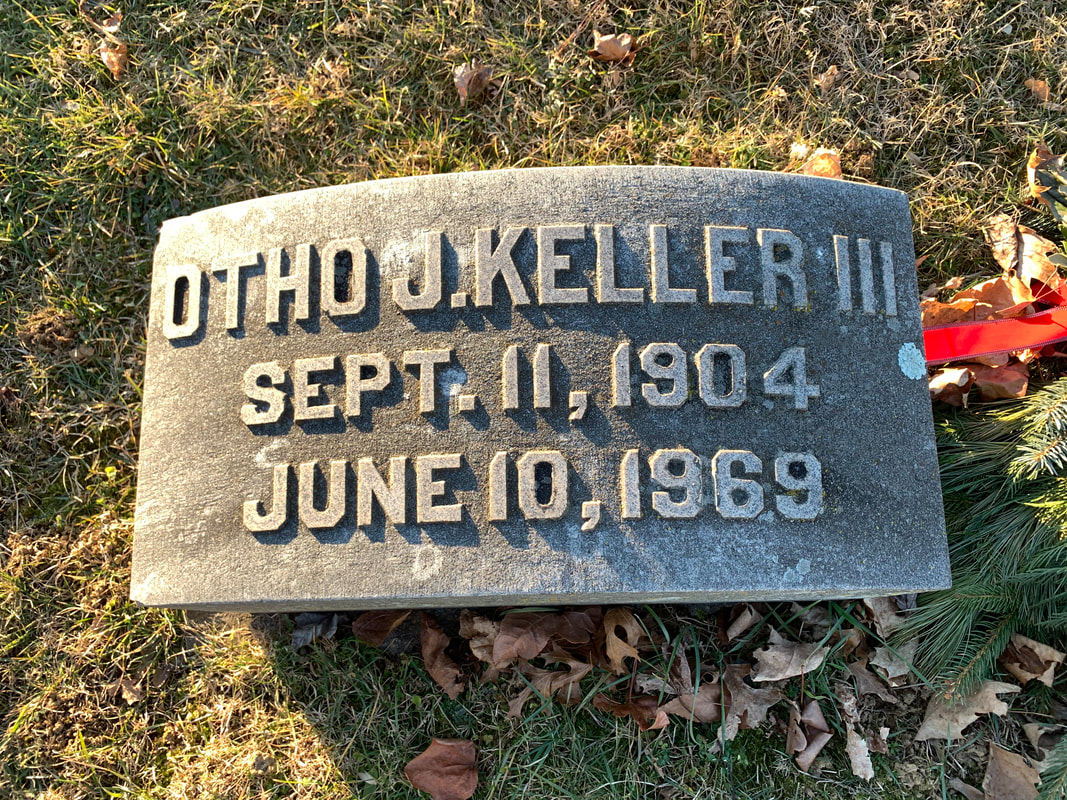






 RSS Feed
RSS Feed